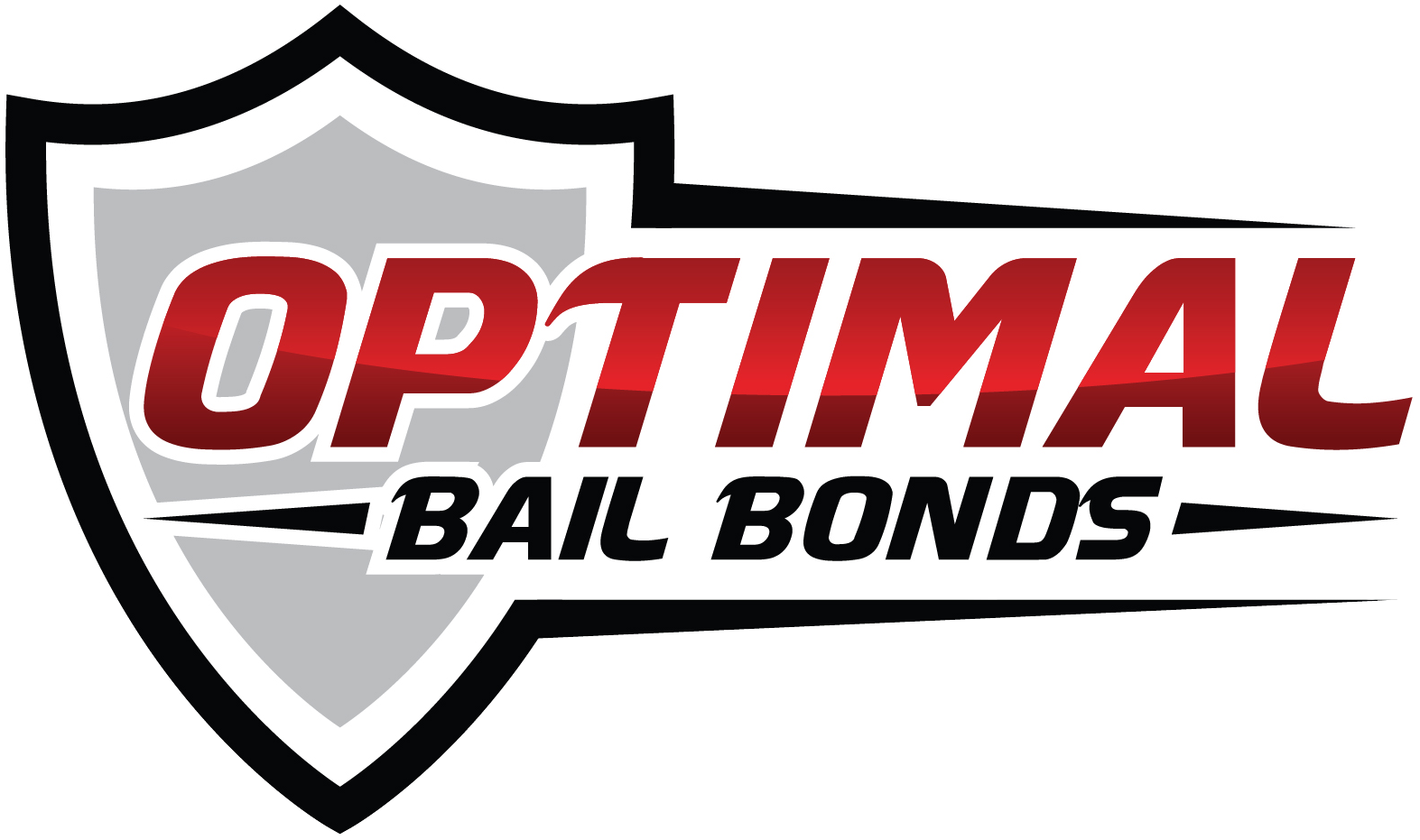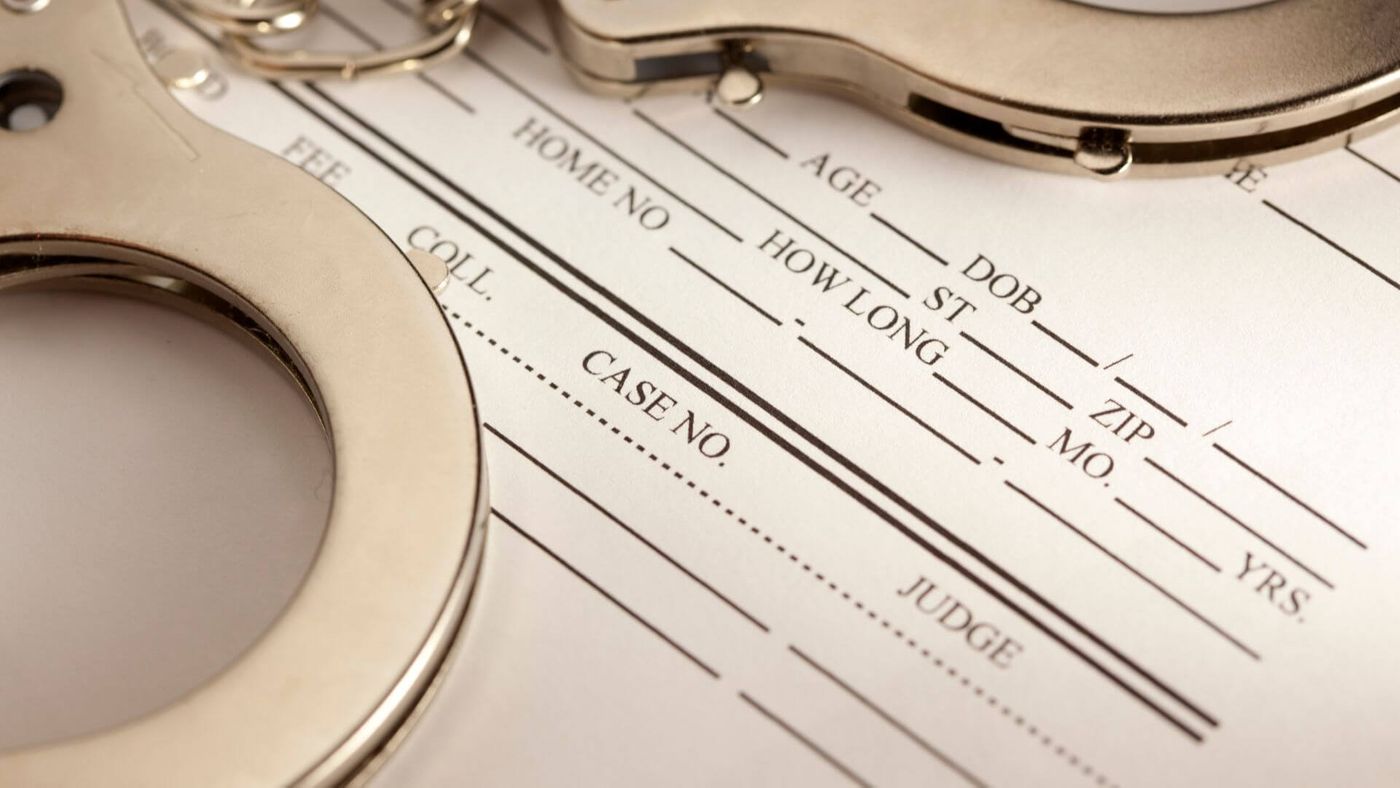In order to get released from jail, bail must be paid. This seems quite an easy concept; when someone gets taken into custody, another person can pay money to the court and the arrested person will go free. This is the concept behind bail. However, the process of bail isn’t as simple.
When people who haven’t gone through our justice system have to arrange a bail for someone, they aren’t sure what they must do. If you’re arrested for a crime and asked to pay $50,000, what does this mean? Can you get out of jail if you’re not able to pay the entire $50,000? Can a friend or family member pay the money? Can a bondsman pay the whole amount for you? If yes, how can you hire a bondsman?
Understanding everything about bail bond can be hard. To help you out, we have compiled a guide that shows you everything you need to know about bail bonds.
BAIL
Bail describes an arrestee or a criminal defendant’s release before the case ends. It can involve the defendant paying money to the court. Someone else can also pay the money on behalf of the defendant. The money serves as a guarantee that the defendant would not flee and return to court for remaining hearings. Therefore, bail isn’t any kind of punishment given to someone before they are found guilty, but it’s a way to make sure that the defendant returns to court for hearings without necessarily staying in custody throughout the criminal case.
Bail serves a vital role in our justice process. It limits the space required in jails and ensures that people stay free and appear in court on their hearings. A bail of an arrestee can be made at any time in the case like – after the arrest or after a sentence has been issued by the court. Generally, any time a person is arrested and taken into custody by the police, there are three potential outcomes. First is that the arrestee is immediately released. Second is that they are charged for the crime and released after the bail amount is paid, or they are charged and remain in jail until the criminal case is over. Bail allows an arrestee to be released before a court determines them guilty.
BAIL HEARINGS
In a bail hearing, the amount of bail that applies to the case is determined. Bail isn’t always allowed by the court and may be denied if the state law allows. When determining the bail amount, the court considers several factors including:
· FLIGHT RISK
Flight risk is one of the most common conditions set by the court. Some arrested individual are at a greater flight risk. For example, a defendant who is facing a death sentence would have a greater chance of fleeing than a defendant with less severe penalties.
· FAMILY OBLIGATIONS
The court may impose a lesser amount of bail on a defendant who’s responsible for their family’s well-being.
· COMMUNITY BONDS
A defendant who has a strong connection to their community – like someone who runs a local store or whose family is situated in the neighborhood – might not think about running away or not appearing at court. On the other hand, a person who is just visiting would be more interested in fleeing.
· ASSETS AND INCOME
A defendant with many assets or huge amounts of money might not get a low amount of bail because these serve as a major deterrent. On the other hand, a person with fewer assets is more likely to see a lower bail amount.
· COURT HISTORY
Those who have committed crimes in the past typically have greater bail amount than people who have been arrested for their first offense. For instance, if a person has been released on bail several times before but has violated conditions of the bail, then they would get a higher bail amount than someone who has never violated any of the bail conditions.
· HOW SERIOUS THE CRIME IS
Generally an offense that’s more serious will have more bail amount compared to a crime that’s less serious. For example, if a person is accused of small theft, the bail amount could be $1,000 or even less. On the other hand, the bail amount for a defendant accused of killing someone may be over $50,000.
· PUBLIC SAFETY
In case the release of a defendant poses a threat to public safety, courts may refuse to release the defendant on bail. For example, if the defendant is accused of committing terrorism, they would be denied release on bail because releasing such a person would pose a serious risk to other people.
BAIL CONDITIONS
Courts don’t just determine the amount of bail that must be paid by the defendant to get released but also impose additional requirements or limitations on them when setting the bail. These limitations are like those that are imposed on defendants who are sentenced to probation because of the crime they committed. In case bail conditions are violated, the police would arrest the defendant again and put them in jail until trial. Below we have discussed some common bail conditions.
· PRE-TRIAL CHECK-INS
People who are on bail may be required to make check-ins with the pretrial services officer on a regular basis. These officers monitor the people who are on bail to ensure that they’re complying with the conditions set by the judge.
· NO-CONTACT MADE ORDERS
A no-contact order is imposed in criminal cases in which the victim has accused the defendant of domestic violence, stalking, or making threats. When this order is imposed, the defendant can’t legally contact the victims.
· EMPLOYMENT
The defendant may be required by the court to maintain their employment while they are on bail. If they aren’t employed, the court may ask them to try to find a job.
· SUBSTANCE ABUSE
In cases that involve drug possession, drunk driving, or other offenses related to substance-abuse, the defendant may be required to refrain from the use of alcohol and drugs.
· TRAVEL RESTRICTIONS
This condition is generally imposed on all defendants who are released on bail. Travel restrictions prevent the defendant from leaving the area.
· FIREARMS RESTRICTIONS
The court may direct the defendant to abstain from possessing a gun while they are on bail.
HOW A BAIL PAYMENT IS MADE
Bail can be paid in different ways in different jurisdictions. Typically, the process requires the person paying the amount to go to a particular location like a jail or a courthouse. A clerk or cashier prevent at the destined location would receive bail payments. The clerk or cashier will require some specific information from the payer like the name of the defendant, the booking or case number, and amount of bail set by the court. The payer then must submit the entire bail amount.
Once bail payment is received by the clerk’s office, it sends a notification to the correction officials who have the defendant in jail. The officials then release the defendant. In some cases, the defendant is immediately released from the jail because clerk is situated near the jail. Bail payments are typically made in cash, via debit or credit card, money order, or a traveler’s check.
UNDERSTANDING BAIL TYPES
Bail is generally associated with a cash amount. People believe that if they have money to afford bail after they are arrested, they would be able to get out from prison. However, bail is usually more complex than this, especially when amount of bail set by the court is high. There are different bail types in the United States. Below, we have discussed a few of them.
· CASH BOND
The cash bond is the simplest type of bail. A person can get released by paying the entire bail amount to the court. If they can’t afford to pay the bail amount, they can have someone else make the payment on their behalf. The state or the court determines the amount of cash bond. The defendant would be released from custody if they can cover the entire bond amount.
· PERSONAL RECOGNIZANCES BOND
Often times the defendant is released by the court on their personal recognizances. This is referred to as a PR bond. PR bonds can take place only after bail hearing is held by the court. If this kind of bail is allowed by the court, the defendant would be released on a condition that they re-appear in court later and also comply with all the bail conditions imposed by the court.
· SIGNATURE OR UNSECURED BOND
A signature bond or an unsecured bond can apply after a hearing for the bond is held by the court and a specific bail amount is imposed. In this case, the defendant isn’t required to pay the bail amount to get released from custody. This bond is quite similar to a PR bond. In this case the defendant isn’t required to pay money to be released from jail. Instead, they are required to sign on an agreement that states that if they don’t attend court hearing, they’ll have to pay the bail money.
· PROPERTY OR SECURED BOND
In this form of bail, the defendant provides security interest in property to the court. This security interest is equal to bail amount. Security interest gives provides the court with the legal right to take or posses the piece of property that is offered by the owner of the property. For instance, when you use a car loan to buy a car, the lender provides you with the money for buying the vehicle. In exchange for the money, you provide security interest to the lender in your vehicle. The lender can repossess your vehicle in case you are unable to repay the loan within the agreed time period. They may sell your car to get back the money that you owe to them.
So with the help of a property bond, security interest in particular property can be given to court to get a bail. If the defendant fails to attend court hearings, the court may seize the defendant’s property and use it to get the bail amount back.
· SURETY BOND OR BAIL BOND
This type of a bond is a bail payment that is provided by a bail bondsman on the behalf of a defendant. Bail bondsmen or bail bond agents exist to pay bail money on the defendants’ behalf. When a bail bondsman is used by a defendant, they pay a fee to bondman and the bondsman acts as surety. They tell the court that they’ll pay the entire bail amount if the defendant doesn’t attend court hearings.
Bail bondsmen make their money by charging a fee for arranging the bail of defendants. This fee is typically 10 percent to 15 percent of the total bail amount. If the bail is set at $20,000 the defendant can pay $2,000 to a bail bond agent for acting as surety and get out of jail on a bail.
Like property bonds or secured bonds, bail bondsmen generally require defendants to provide some kind of collateral against bail bond. They may also ask the defendant to sign on a contract that states the term of their agreement. A bondsman might accept jewelry as collateral. If the defendant doesn’t attend court hearings, the bailsman can sell the jewelry to recover the bond amount. Other acceptable forms of collateral include a car or a home.
FINAL THOUGHTS
We have discussed some of the most important things about bail bonds. Bail can be a lot more complicated than people think it to be. It can involve serious financial risks and a lot of money. You should be very careful when getting involved in bail. Ideally, you should hire a bail bond agent to arrange bail for your loved one. This way, you won’t have to pay the entire bail amount yourself.

